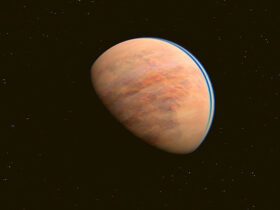Several components of the Yuxisaurus kopchicki dinosaur, including the incomplete skull, mandible, forelimbs & hindlimbs, as well as roughly 120 parts, were reportedly discovered by researchers. Yuxisaurus kopchicki is a distinct type of armored dinosaur that was discovered recently.
The very first bits of the creature were discovered in 2017 by a farmer in the Chinese province of Yunnan, who unearthed several bone remains hidden in the mud while working on his farm. In the following weeks, paleontologists traveled to the location, which is a section of the Fegjiahe Formation, a very well-known fossil site noted for its sauropod skeletons, and began excavating.
Researchers did discover sauropods, as predicted, but they also discovered something completely unexpected: the almost whole petrified bones of an armored thyreophoran, which is a dinosaur with armor protection.
A shared predecessor of plated dinosaurs, including stegosaurus & ankylosaurus, whose plated bodies and armed tails are widely recognized, Yuxisuarus kopchicki is thought to be approximately 174 to 192 million years old and lived in the initial Jurassic. The massive plating suggests it was a sluggish herbivore, like many modern huge grazers.
Yuxisaurus was very much a facultative quadruped, which means it moved on 4 limbs but could move on 2 if needed, according to researchers. For instance, when Yuxisaurus attempts to obtain meals from higher elevations such as tree leaves, it may be advantageous to stand on hind limbs.
Dinosaurs that evolved later in their development, including stegosaurs as well as ankylosaurs, were the first ones that turned into obligatory quadrupedals.
A transitory creature between two styles of existence, Yuxisaurus has the unique sort of massive armor while yet keeping the flexibility to travel on hind limbs when necessary. As a result, we may get an understanding of how the early thyreophorans developed into the heavy tanks that they would eventually develop into.
The findings were published in the journal eLife.














Leave a Reply